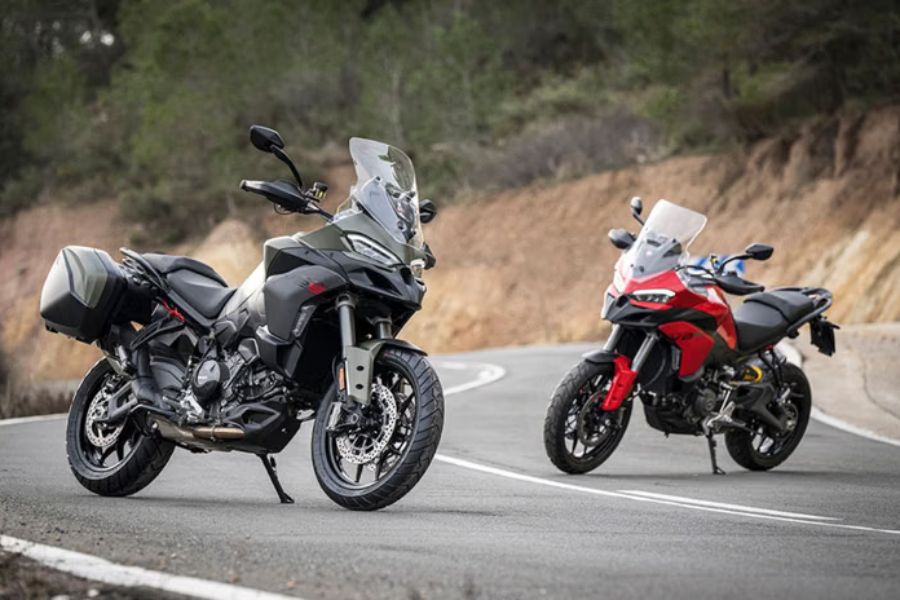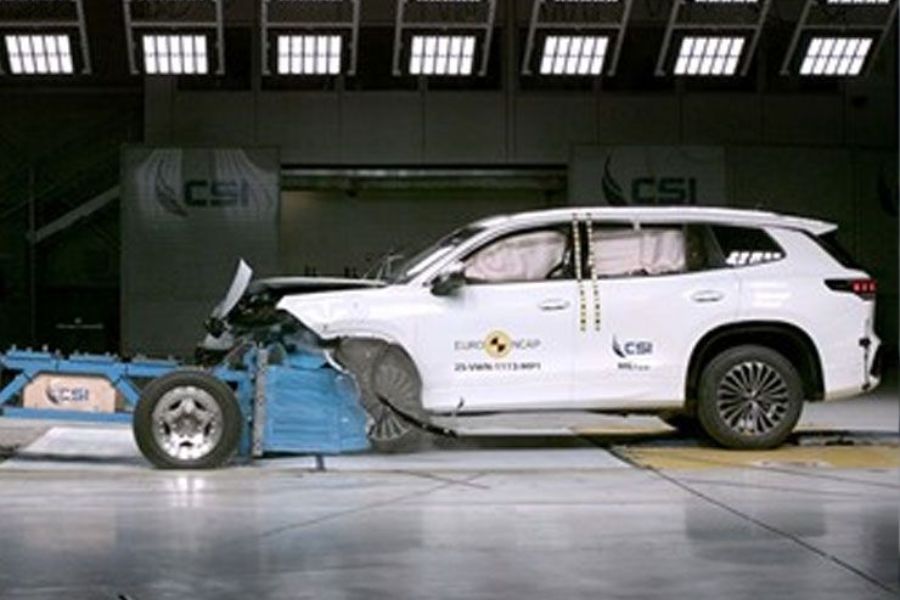Tata Motors has taken a decisive leap in its powertrain development strategy by securing licensing rights to independently develop and modify Fiat’s 2.0-litre Multijet II diesel engine — a move that significantly reduces reliance on Stellantis and opens the door to future performance and compliance upgrades for its flagship SUVs, the Harrier and Safari.
This engine, currently manufactured at the Ranjangaon facility by Fiat India Automobiles Private Limited (FIAPL) — a joint venture between Tata Motors and Stellantis — will continue to be produced there. However, Tata Motors now has the legal authority to recalibrate and enhance the engine independently under a newly inked Licensing Technology Agreement signed in Q4 FY25.
A Tata Motors spokesperson confirmed: “This licensing agreement allows Tata Motors Passenger Vehicles (TMPV) to carry out modifications and performance enhancements to the FAM B 2.0-litre diesel engine, tailored to meet upcoming regulatory standards and internal product requirements.”
Why This Move Is a Game-Changer
For years, Tata was restricted by the high costs and procedural delays involved in any powertrain modification due to Stellantis’ intellectual property ownership. Even minor software updates, such as ECU recalibrations, reportedly came with a hefty price tag — up to €10 million. This severely limited Tata’s ability to offer multiple engine tunes or drive modes, putting it at a disadvantage compared to rivals like Mahindra.
Mahindra’s in-house 2.2-litre mHawk diesel engine, for instance, is offered in multiple states of tune across models like the Scorpio N, Thar, and XUV700, providing buyers with more performance choices. Until now, Tata had to stick with a single 170hp output version of the Kryotec diesel engine for the Harrier and Safari, limiting product differentiation.
With the new licensing rights, Tata gains:
-
Freedom from recurring licensing costs
-
Autonomy in ECU recalibration and emission upgrades
-
Ability to offer multiple power outputs (e.g., 150hp or 180hp variants)
-
Faster response to regulatory and market changes
This move is expected to significantly enhance Tata’s competitiveness in the SUV segment, especially as diesel continues to hold strong appeal in larger vehicles despite the industry’s gradual shift towards electrification.
A Cost-Efficient, Future-Ready Powertrain Base
Rather than investing heavily in developing a brand-new diesel engine — a risky proposition given the uncertain future of diesel — Tata’s decision to take over development rights for the 2.0 Multijet II allows for a quicker, more economical upgrade path. The engine already meets current emissions norms and remains a strong performer in its segment.
Industry insiders suggest Tata engineers had long been pushing to upgrade the engine’s performance to around 180hp, especially after the Harrier and Safari received major facelifts in October 2023. With this new control, such upgrades could finally become reality without being slowed down by third-party approvals.
Will MG Motor Still Use This Engine?
The engine also powers the MG Hector, which sources it via FIAPL. However, it remains unclear if MG will have access to Tata’s future upgrades. With MG expected to phase out its diesel offerings by 2026, it’s likely that the 2.0 diesel’s relevance in MG’s portfolio will diminish.
Jeep Will Continue Usage Under Current Terms
The Jeep Compass and Meridian, also powered by the same 2.0-litre Multijet diesel, will continue to receive engines from FIAPL under Stellantis’ control. The licensing agreement strictly applies to Tata’s development needs and doesn’t affect the existing production-sharing model.
Conclusion: Strategic Edge Without IP Ownership
While Stellantis retains the engine’s intellectual property, Tata Motors now enjoys the freedom to modify, enhance, and future-proof the engine under its own direction. This strategic move not only helps Tata optimize cost and time-to-market but also positions it more aggressively against rivals in the premium diesel SUV space.
By securing full development control without the need to own the IP outright, Tata has found a pragmatic, cost-effective route to strengthen its powertrain portfolio — one that could pay rich dividends in an increasingly competitive and emissions-conscious market.
Read More:




